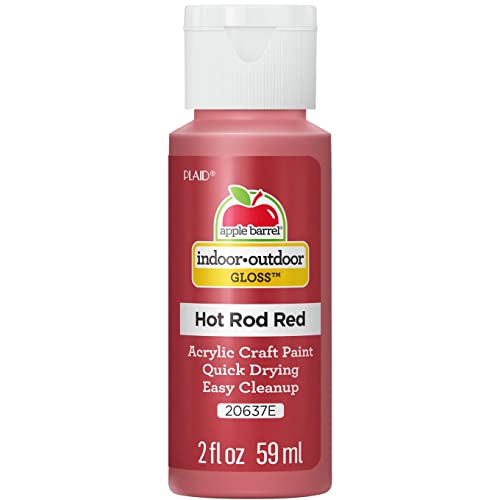Ever wondered if red and green really go together? You’re not alone. These two colors often spark debates, especially around the holidays. While some see them as a perfect festive duo, others think they clash like oil and water.
But what if we told you that red and green can actually complement each other beautifully? Whether you’re decorating your home, planning an outfit, or designing a graphic, understanding how these colors interact can make all the difference. Let’s dive into why red and green might just be the dynamic duo you never knew you needed.
Exploring the Combination: Do Red and Green Go Together?
Red and green have a rich history together, often seen in holiday decor. Their interaction provides unique visual experiences.

Historical Significance of Red and Green
Historically, red and green have symbolized various cultural elements. In ancient Rome, these colors signified fertility and victory. During the Renaissance, red and green were often used in art to depict opposing forces. Today, they predominantly appear during Christmas, symbolizing joy and festivity. Understanding their cultural background can enhance your design choices.
Psychological Impact of Mixing Red and Green
Red and green create a striking contrast, engaging the viewer’s attention. Red is associated with excitement and energy. Green represents calmness and nature. Together, they can either energize a space or create balance, based on their application. Careful use of these colors can lead to visually pleasing and psychologically balanced spaces.
Design Principles for Red and Green
Combining red and green in design can yield stunning results with careful consideration. Use these principles to create visually appealing and harmonious spaces.
Use in Graphic Design
Red and green provide strong contrast. Use them to draw attention or create emphasis. Balance is critical; avoid overwhelming viewers. Consider softer tints for a subtler effect. Use complementary shades for clearer readability.
Use in Interior Design
Red and green can make a space vibrant. As accents, they add lively touches. Use neutral tones to balance bold color choices. Pair red and green accessories, like pillows and vases, with neutral furniture. Consider using green for walls to create a calm backdrop, then add red in décor elements for a pop of color.
Use in Fashion Design
Red and green outfits can be striking. Mix patterns lightly to avoid clashing. Incorporate neutral pieces to soften the contrast. Consider seasonal themes—red and green work well during winter holidays. Accessories like scarves or jewelry can subtly introduce these colors into your wardrobe.
Cultural Associations of Red and Green
Global Symbolism
Red and green hold significant meanings globally. In China, red symbolizes prosperity and happiness, while green represents health and growth. In Western cultures, red can indicate love and passion, whereas green often signifies renewal and nature. In Islamic tradition, green is sacred, representing paradise and fertility.
Holiday Connections
Red and green dominate during Christmas. Red represents the blood of Jesus, while green symbolizes eternal life and renewal. In some parts of the world, these colors also feature in winter festivals, emphasizing community and celebration.
Real-World Examples of Successful Red and Green Designs
Combining red and green can create stunning visuals in various contexts. Let’s explore effective uses in branding and art.
Case Studies in Branding
Coca-Cola combines red and green in its holiday campaigns. The red logo paired with green elements emphasizes festive cheer. Heineken uses green bottles with red stars, enhancing brand recognition. Christmas retail displays frequently use these colors to attract customers, leveraging the seasonal connection with red and green.
Iconic Art and Decor
Claude Monet’s “Water Lilies” features subtle shades of red and green, creating a harmonious scene. Frida Kahlo’s vibrant works, often using red and green, evoke strong emotions and cultural significance. Victorian interiors incorporated rich green walls with deep red furnishings, creating luxurious and balanced spaces.
« Do I Need a Subwoofer with a Soundbar? Discover the Ultimate Audio Upgrade
Do Smart Plugs Really Save Electricity? Discover Genius Uses to Slash Your Energy Bills »
These examples show red and green can work effectively in various designs.
Conclusion
So, do red and green go together? Absolutely! When used thoughtfully, these colors can create stunning designs that are both eye-catching and meaningful. Whether you’re inspired by famous brands or iconic artworks, the combination of red and green offers endless possibilities.
Next time you’re working on a design project, don’t hesitate to experiment with these vibrant colors. You’ll find that their contrasting yet harmonious nature can bring a unique and powerful touch to your work. Happy designing!









